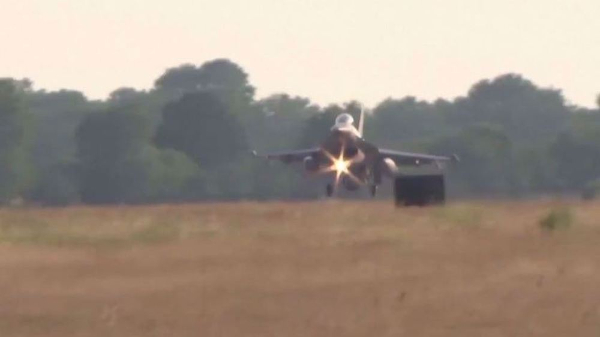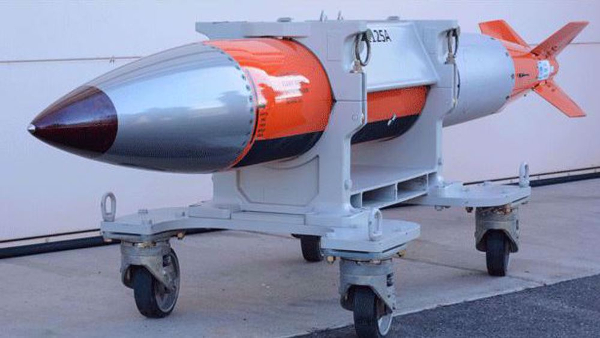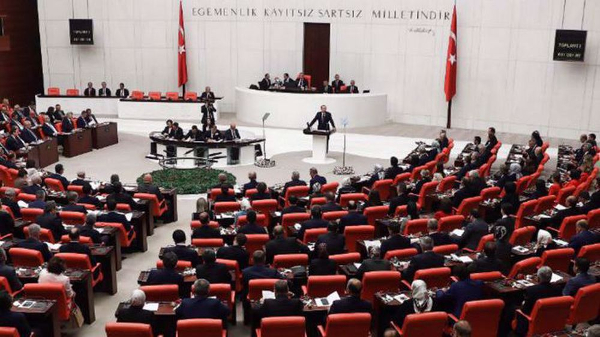
The national flags of China (L) and India (file photo)
The defense ministers of India and China have met in the Russian capital of Moscow as part of efforts aimed at resolving heightening tensions after a fierce clash in June killed 20 Indian soldiers along their disputed border in the eastern Ladakh region.
The 140-minute meeting between Indiaís Rajnath Singh and Chinaís General Wei Fenghe was the first high-level contact between the two sides since the fatalities took place in the Himalayan region.
"Peace and security in the region demands a climate of trust, non-aggression, peaceful resolution of differences and respect for international rules," Singh said at the meeting.
The Indian defense minister also underlined that Chinaís "aggressive actions and behavior" in trying to "unilaterally alter the status quo" were in violation of all bilateral agreements.
Wei, for his part, said the two countries should "cool down" the situation and "maintain peace and tranquility," adding that the responsibility for the current tensions, however, lies "entirely" with the Indian side.
"Chinaís territory cannot be lost, and the Chinese military is fully determined, capable, and confident to safeguard national sovereignty and territorial integrity," Wei stated.
The two ministers met on the sidelines of a gathering of the defense chiefs of the Shanghai Cooperation Organization, which comprises China, India, Pakistan, Russia, Kazakhstan, Kyrgyzstan, Tajikistan and Uzbekistan.
The long-running border dispute over the Line of Actual Control (LAC), the de facto frontier between Beijing and New Delhi, turned deadly on June 16 for the first time in nearly half a century after at least 20 Indian soldiers were killed in a "violent face-off."
India accused China at the time of violating bilateral agreements by pushing its troops through the LAC. China, on the other hand, blamed India for trespassing over the de facto border, saying the "move has grossly violated Chinaís territorial sovereignty."
The disputed 3,500-km border between the worldís two most populous countries stretches from the Ladakh region in the north to the eastern Indian state of Sikkim.
US President Donald Trump said on Friday that his country was ready to "get involved and help" resolve the India-China dispute.
Trump claimed that the situation was "very nasty" and that the worldís two most populous nations were "going at it much more strongly than a lot of people even understand."
However, a US government source in Washington tried to correct the president, saying the Trump administrationís assessment was that neither China nor India appeared interested in pushing the conflict over the mountain border through the western Himalayas to the point that would lead to a war.
According to the report, Trump has offered to mediate between the two nuclear-armed nations in the past, but Beijing has rejected the need for a third-party mediation effort while New Delhi also appeared disinterested.
LINK: https://www.ansarpress.com/english/20076
TAGS:






























 online news tv
online news tv




